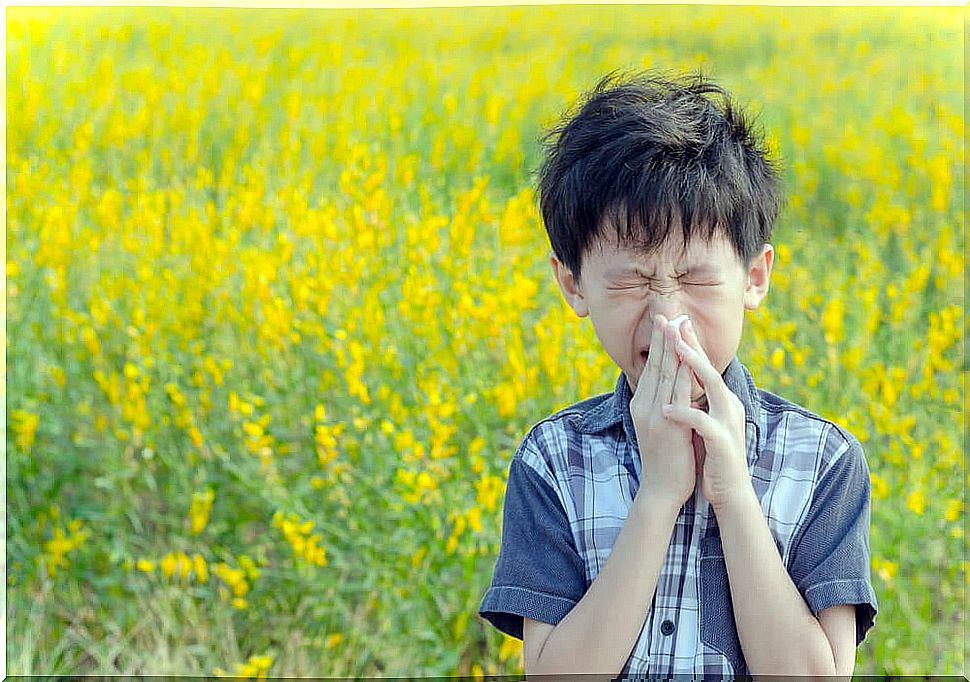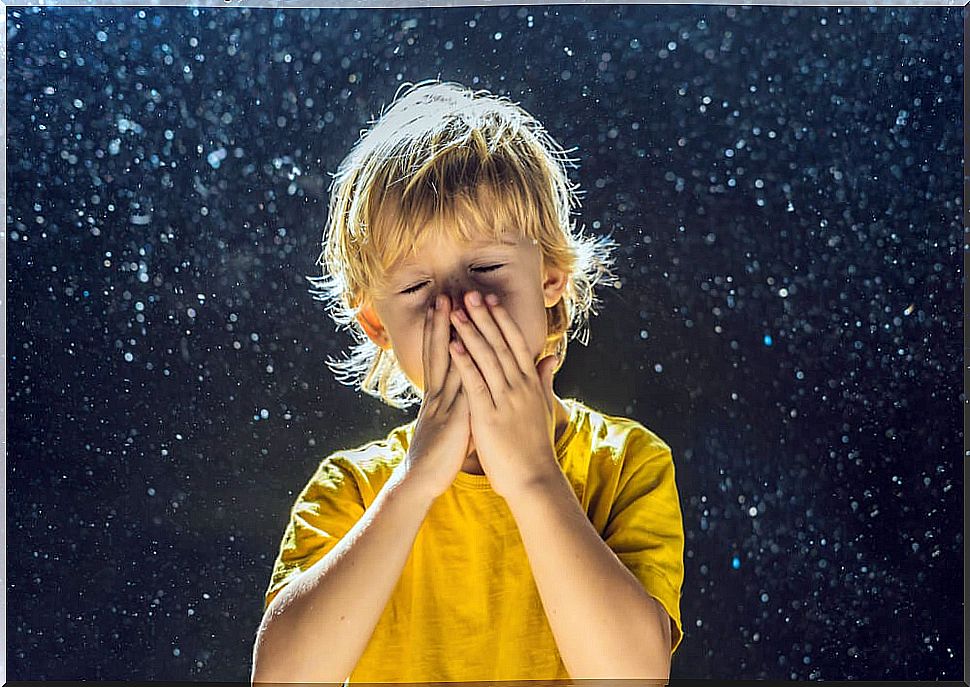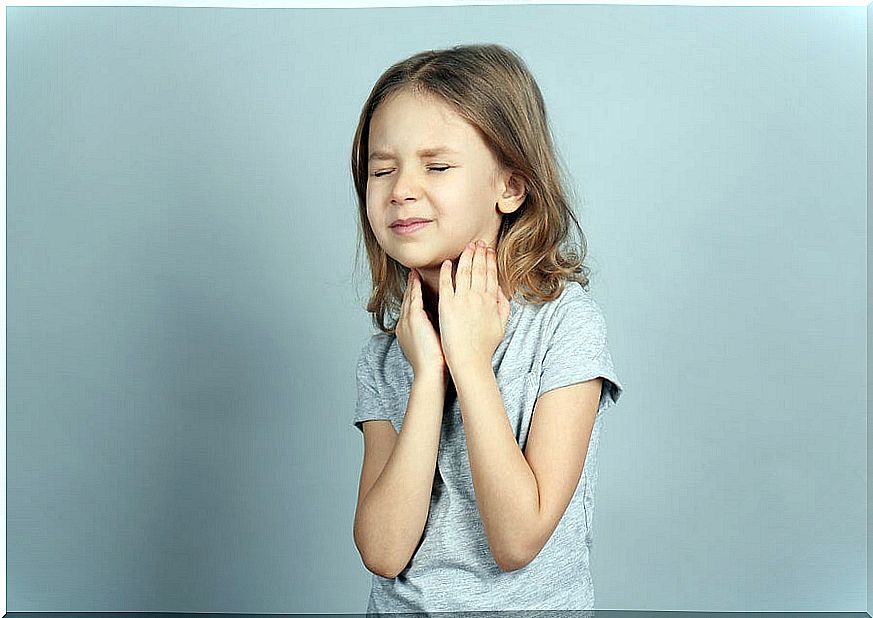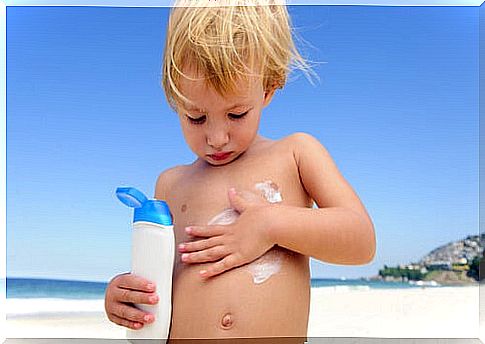Childhood Allergies: A Growing Problem That Is Difficult To Solve?

Allergies and asthma, which often begin in childhood, are some of the most common chronic diseases in children. His presentation, sometimes somewhat noisy, is cause for concern. Child allergies are a growing problem that is difficult to solve.
What do we call allergies?
Although many aspects of allergies are not fully understood, some of the advances in the diagnosis and treatment of these disorders facilitate treatments and improve the quality of life of those who suffer from them.
Not everything is allergy
Sometimes, the word allergy is used incorrectly to refer to different manifestations or diseases and, with some frequency, we hear some people say phrases such as: “I have allergies” or “I am allergic to this or another food”, which triggers unnecessary treatments and stigmas that are difficult to remove.
Many times, when allergy occurs in childhood, it is parents or even grandparents who wrongly or not point out the existence of childhood allergies and perceive it as a growing problem that is difficult to solve.

Allergies are, many times, exaggerated reactions to a noxa or external agent that can be animal hair, smoke or other pollutants.
Manifestations compatible with allergies
According to information from the American Academy of Pediatrics, professionals distinguish a series of symptoms associated with different organs.
Eyes, ears, nose, mouth
- Red, watery, or itchy eyes.
- Inflammation around the eyes.
- Sneezing
- Runny nose.
- Itchy nose, rubbing the nose.
- Postnasal drip.
- Inflammation and nasal congestion.
- Itching in the ear canal.
- Itching of the mouth and throat.
Childhood allergies: lungs
- Strong dry cough or cough that produces clear mucus.
- Asthmatic wheezing (noisy breathing).
- Feeling of tightness in the chest.
- Low tolerance to exercises.
- Rapid breathing, shortness of breath
Skin
- Eczema (red, itchy rash patches).
- Hives (hives)
Children’s allergies: summing up
Although allergies sometimes seem to be easy to diagnose, there are situations in which the symptoms appear more overlapping and even masked by other manifestations, so early consultation, especially when there is a family history, can be beneficial.

In this sense, some types of allergies are easier to identify by the pattern of symptoms that follow exposure to a specific particle. Others, on the other hand, are more subtle.
Here are a series of common clues compiled by professionals from the American Academy of Pediatrics that may suggest that you are facing an allergy:
- Patches of blisters or red, itchy skin that won’t go away.
- Development of hives , intensely itchy skin rashes that usually last a few hours and move from one part of the body to another.
- Repeated or chronic cold-like symptoms, such as a runny nose, nasal congestion, sneezing, and throat clearing that lasts for more than a week or two, or develops around the same time each year.
- Rubbing your nose, wheezing, sneezing, or a runny nose.
- Itchy and watery eyes.
- Itching or tingling sensations in the mouth and throat.
- Cough, wheezing, shortness of breath, and other respiratory symptoms.
Finally, regarding childhood allergies …
- Although diagnosing the cause of allergy is not an easy task, much progress has been made in this area.
- A correct and exhaustive medical history that collects the personal and family history, as well as the moment of onset and the triggering factors represent undisputed allies.
- The existence of an allergy at a certain point in life does not mean that it will always be suffered.
- Providing preventive medication when indicated can be positive.
- Although it may seem trivial, staying calm and reducing children’s anxiety will help them have better responses.










